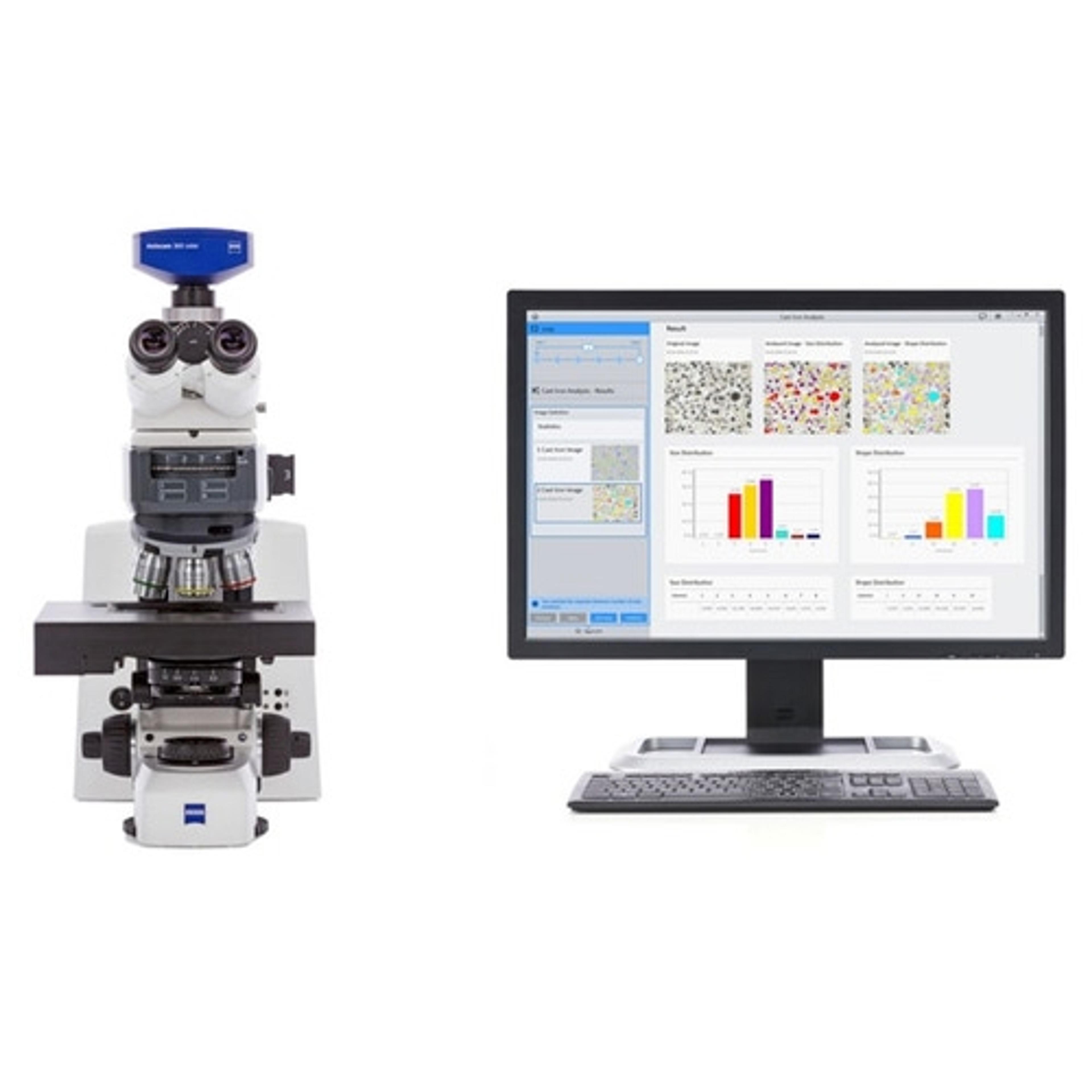ZEISS has introduced a new microscopy slide scanner
The ZEISS Axioscan 7 combines scanning performance with application freedom
19 Apr 2021
With the release of ZEISS Axioscan 7, ZEISS presents its next-generation slide scanner for the automated digitization of microscopy samples. Following its successful predecessor ZEISS Axio Scan.Z1, ZEISS Axioscan 7 provides significant improvements in almost every aspect: a new acquisition engine for higher scan speeds, a broader range of imaging modes for more application flexibility, extended capabilities for advanced fluorescence imaging, and a dramatically improved user experience.
The demand for creating high-quality virtual microscopy slides in an automated and reliable way has been increasing in life science research labs, core imaging facilities, and in pharma research. ZEISS Axioscan 7 addresses both the need for reliable 24/7 scan performance as well as highest imaging quality across a multitude of applications by combining continuously high scan speeds and simple operation with application-specific customization options.
Additional brightfield contrast methods enable more comprehensive sample characterization
ZEISS Axioscan 7 allows automatic switching between different brightfield imaging modes to adapt to the requirements of different applications while maintaining optimal scanning performance. Circular and linear polarization are now fully supported, opening a new range of experiments and modality combinations. Transfer of Intensity Equation (TIE) is a new digital method for contrast generation in transparent samples, adding phase and relief contrast to the wealth of imaging modes. TIE enables detection of transparent tissues with little to no contrast in regular brightfield mode and can therefore aid experiments with sensitive fluorescent dyes by protecting the samples from bleaching and accelerating the subsequent fluorescence imaging process with very fast focusing.
Highly productive fluorescence imaging
Speed, gentle treatment, and the optimal wavelength are critical when it comes to multispectral fluorescence imaging. ZEISS Axioscan 7 employs swift and reproducible LED illumination, fast filter wheels, and a sophisticated filter concept to efficiently separate a broad range of fluorescence channels. Two light sources – the super-fast 7 wavelengths LED light source ZEISS Colibri 7 and the white light LED light source X-Cite Xylis – provide flexibility in selecting the appropriate wavelengths. Newly designed filter sets for multiplexing applications allow for clear spectral delineation without the need for additional software to separate fluorescent channels.
Advanced cameras enhance image quality
The new slide scanner is equipped with the most advanced Peltier-cooled cameras from the ZEISS Axiocam portfolio to support brightfield and fluorescence applications with state-of-the-art imaging performance. With 55 frames per second acquisition speed and a large field of view, ZEISS Axiocam 705 color rapidly accomplishes brightfield and polarization imaging tasks. ZEISS Axiocam 712 mono offers small pixels (3.45 µm), fully capturing the resolution potential of the high numerical aperture optics, and very low readout noise, making this camera the preferred choice for advanced fluorescence imaging applications.
A sound investment
The demand for higher throughput and screening capability drives the charge towards automated instruments. ZEISS Axioscan 7 provides automation without sacrificing flexibility or the high quality of images needed to attract a very wide range of users to core imaging facilities. With approaches as varied as multiplexing in tissue sections to polarization in rock sections, the new slide scanner attracts users from departments as diverse as life science and geology. The powerful combination of accommodating a broad user base with robust design places ZEISS Axioscan 7 as a top performer when it comes to usage hours, and it quickly pays for itself.
Want the latest science news straight to your inbox? Become a SelectScience member for free today>>

